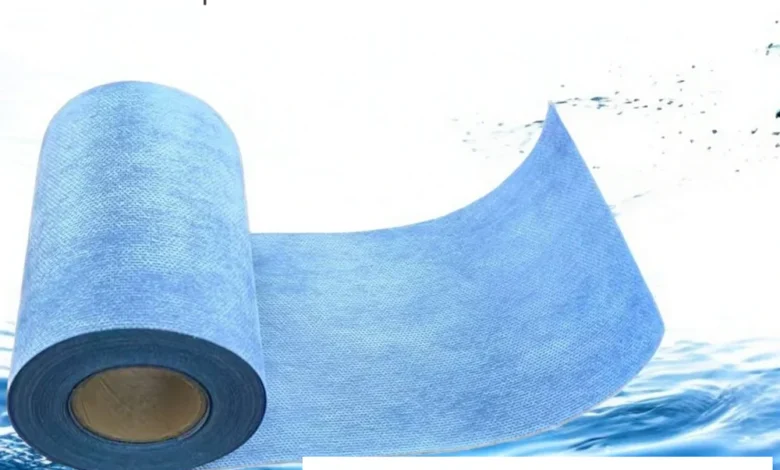7 Essential Facts About Waterproof Membranes You Should Know

Waterproof membranes are materials specifically designed to stop water from penetrating structures. They can be made from a variety of substances, including rubber, plastic, or bitumen. These membranes can come in two main forms: sheet and liquid. Sheet membranes are pre-manufactured and installed over surfaces, while liquid-applied membranes are sprayed or rolled on, forming a seamless barrier. Both types serve to protect against moisture damage, making them crucial in many construction projects.
2. Types of Waterproof Membranes
There are two primary types of waterproofing solutions: sheet membranes and liquid-applied membranes. Sheet membranes are often made of materials like PVC or TPO. They are laid out in sheets and adhered to surfaces using adhesives. Liquid-applied membranes, on the other hand, are applied as a liquid and cure to form a solid, waterproof layer. They can easily conform to irregular shapes and provide a seamless application, making them ideal for complex surfaces. Each type has its advantages and is chosen based on specific project requirements.
3. Key Benefits of Using Waterproof Membranes
Waterproof membranes at Cosyspace offer numerous benefits. They protect against water intrusion, which can cause mold growth, structural deterioration, and costly repairs. These membranes can improve energy efficiency by preventing water infiltration that leads to heat loss. They also help maintain comfortable indoor environment by keeping moisture at bay. Waterproof applications contribute to the overall longevity and durability of a building, making them a wise investment for any property owner.
4. Common Applications
Waterproofing applications are widely used in various applications. They are essential in roofing systems, preventing water from pooling and causing leaks. In basements, these membranes protect against groundwater seepage, ensuring a dry and safe space. Terraces and balconies benefit from waterproof membranes to prevent water from damaging underlying structures. Moreover, bathrooms and kitchens use these membranes to safeguard against leaks and moisture buildup. Proper application of waterproof membranes in these areas is critical for maintaining the structure’s integrity.
5. Installation Considerations
The effectiveness of waterproofing technologies largely depends on proper installation. Before applying a membrane, ensure the surface is clean, dry, and free from debris. For sheet membranes, it is essential to properly overlap and seal seams to prevent water intrusion. Liquid membranes require multiple coats to achieve optimal coverage, and following manufacturer instructions is vital. In both cases, hiring a professional contractor with experience in waterproofing can significantly enhance the success of the project.
6. Maintenance of Waterproof Membranes
Maintaining waterproofing solutions is crucial to their longevity and effectiveness. Regular inspections should be performed to identify any signs of damage or wear. Look for cracks, tears, or bubbles in the membrane, as these can lead to water infiltration. Prompt repairs are essential if any issues are found. Keeping the area around the membrane clean and free from debris also helps to maintain its performance. Periodic maintenance ensures that the waterproofing remains intact, providing lasting protection for your property.
7. Choosing the Right Waterproof Membrane
Selecting right waterproofing products depends on your specific needs and the conditions of the project. Consider factors such as the environment, the type of structure, and expected water exposure. Some membranes are better suited for high-traffic areas, while others can withstand extreme weather conditions. Consulting with a professional can help you determine the best option for your project. They can provide insights into the most effective products available and recommend solutions tailored to your needs.
Conclusion
Waterproofing applications are crucial for protecting buildings from water damage and ensuring their longevity. By understanding their types, benefits, and proper installation, you can make informed decisions that prevent costly repairs and provide long-lasting peace of mind.




